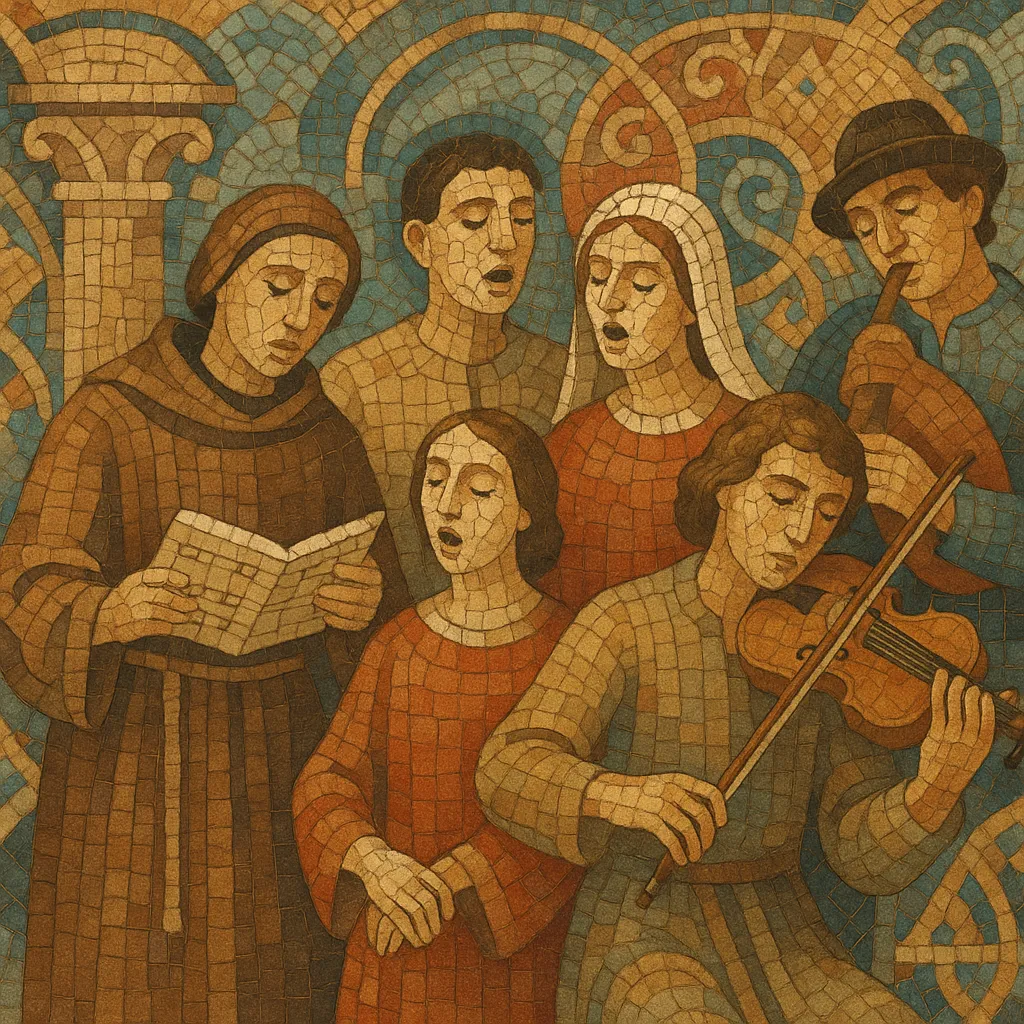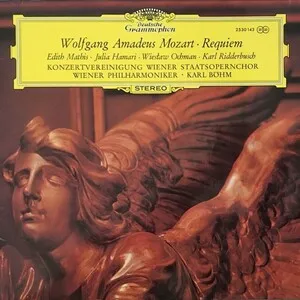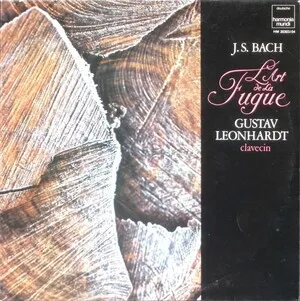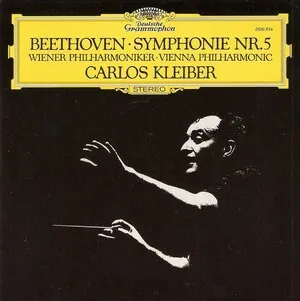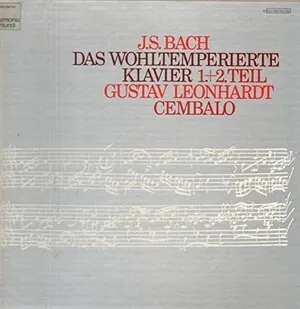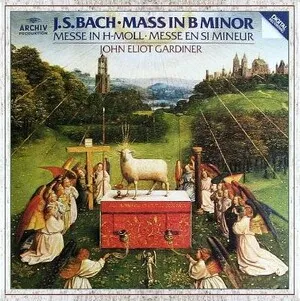“European music” is a broad umbrella covering the historical and regional practices that developed across the European continent, from medieval sacred chant and courtly song to folk traditions, art (classical) music, and later popular and electronic styles.
Common threads include the codification of staff notation, the development of modal and later tonal harmony, the use of structured forms (e.g., mass, motet, madrigal; sonata, symphony, opera; verse–chorus song), and a rich palette of instruments culminating in the modern orchestra and various regional folk ensembles. While extremely diverse from region to region, European music is marked by a continuous dialogue between sacred and secular practices, learned written traditions and oral folk idioms, and later between art music and mass-market popular genres.
The identifiable framework of European music crystallized with medieval plainchant in Christian liturgy. Innovations such as neumatic and then staff notation (systematized by Guido d’Arezzo in Italy) enabled precise transmission and increasingly complex polyphony. Parallel chant traditions (Gregorian, Mozarabic, Byzantine) shaped early modal thinking.
Notre Dame organum and later ars antiqua/ars nova advanced measured rhythm and contrapuntal writing. By the Renaissance, composers like Josquin and Palestrina refined imitative counterpoint and text setting, while courtly and vernacular songs (madrigals, chansons, laude) flourished alongside regional folk repertoires.
The Baroque introduced basso continuo, functional tonality, and large forms (opera, oratorio, concerto). The Classical period standardized sonata form and the symphony. Romanticism expanded harmonic color, orchestral forces, and expressive range, while national schools drew on local folk idioms.
European modernists pushed tonality’s boundaries (impressionism, expressionism, serialism) while parallel popular traditions—from chanson and canzone to schlager, beat, and rock—spread through mass media. Electronic studios in Germany, France, and elsewhere fostered musique concrète, electroacoustic, and later synth-pop and techno cultures.
Today, European music is a pluralistic ecosystem: revitalized folk scenes, globally influential classical institutions, world-leading electronic scenes, and pop/indie markets. Cross-border collaboration, digital production, and festivals sustain an ongoing exchange between tradition and innovation.

